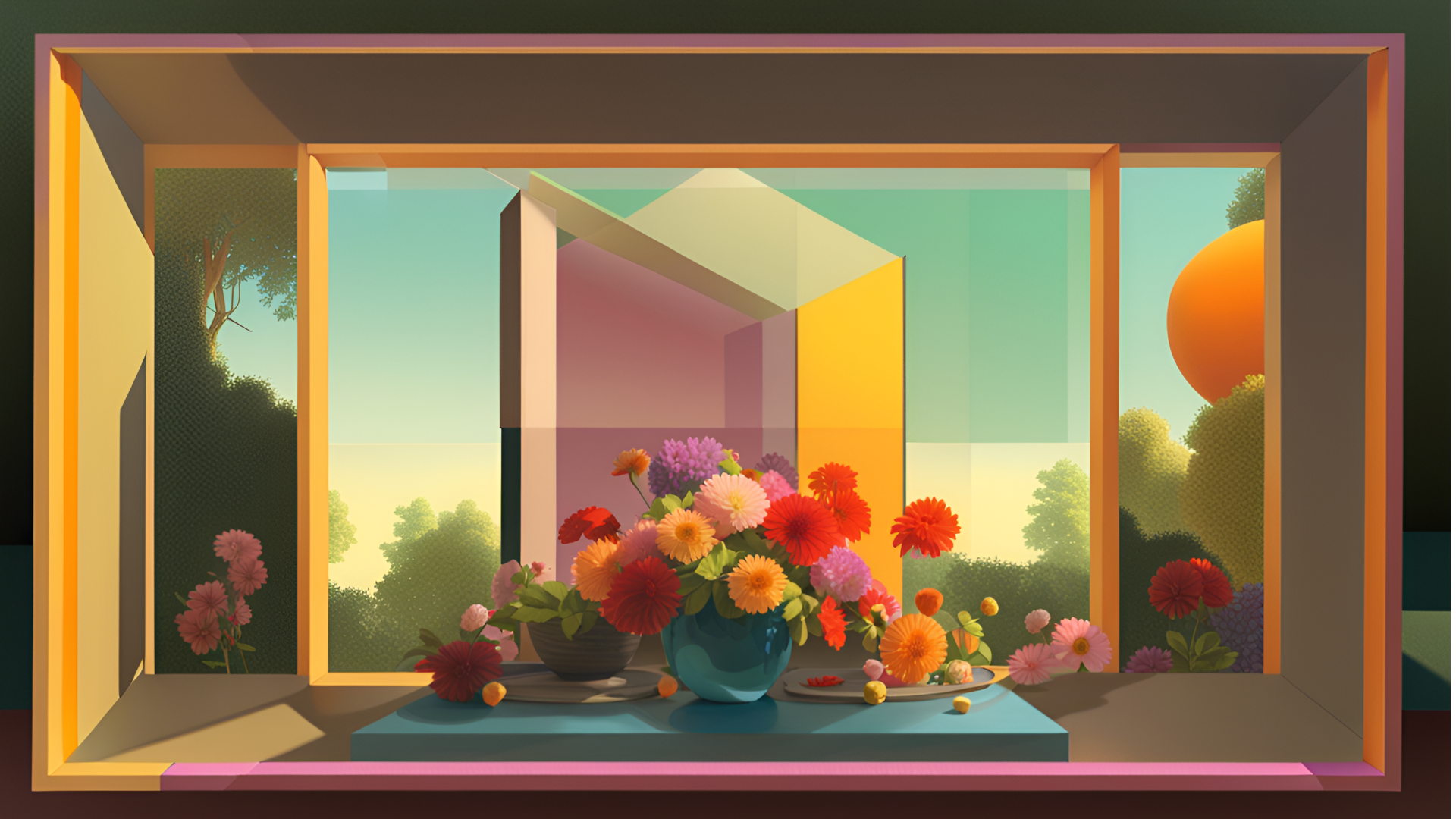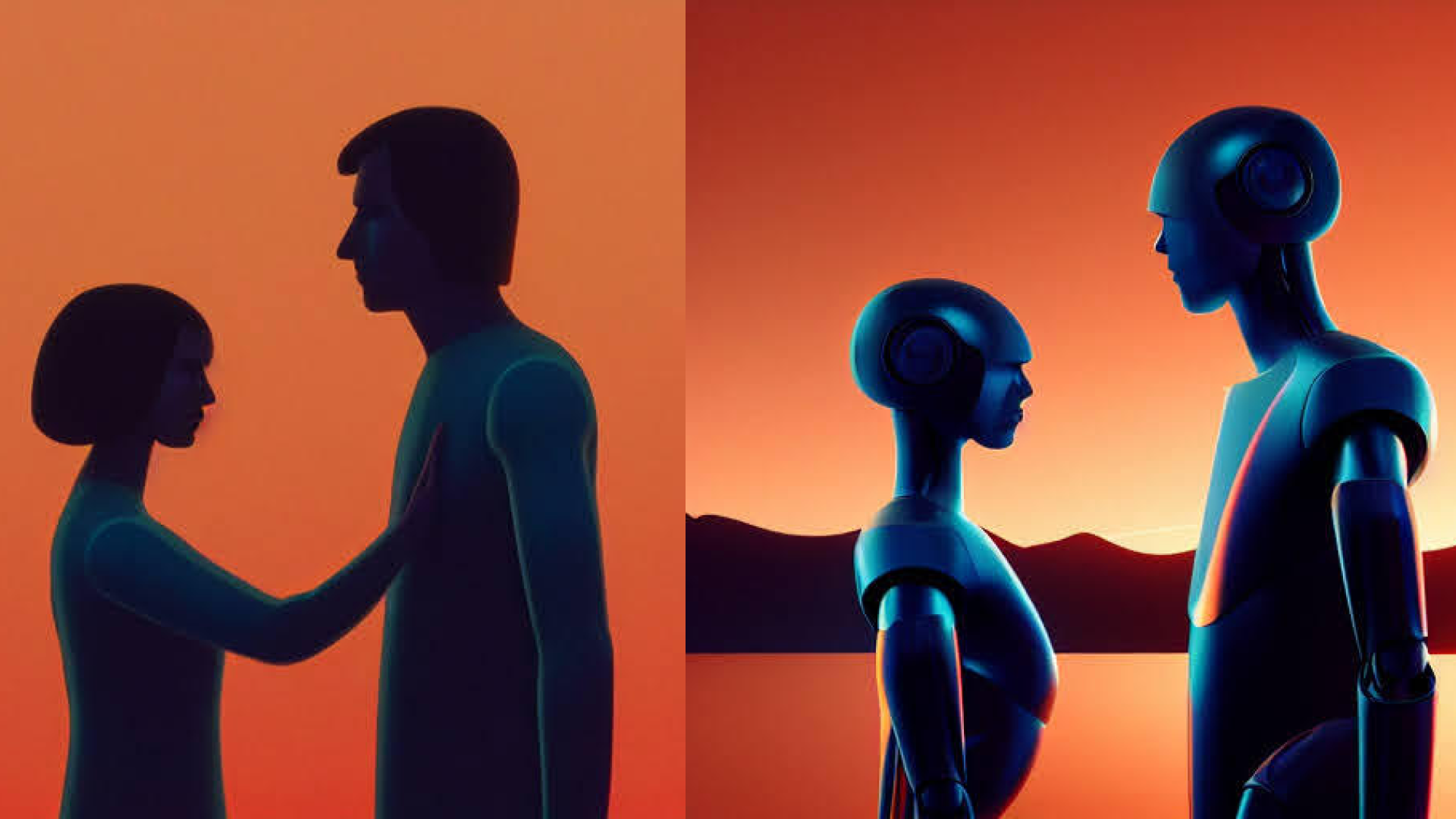Do not underestimate
Currently generative AI (in particular looking ChatGPT) tends to be easily brushed aside as a knee-jerk reaction to the hype by pointing out its flaws; e.g it stinks at arithmetics (“haha lol how is this AI supposed to replace programmers?”). It’s detectable, the text it generates is very generic, what about those hands though?
To summarize, here’s why I think large scale adoption is not to be underestimated - it's the coming together of these:
Low threshold: Immediacy, accessibility + ease of use
This is the killer feature. There is very little technical knowledge needed to get up and running. Practically anyone with a computer and a keyboard can pick it up. It's intuitive and results are immediate, which forges new paths for creative process and interplay.
Developer adoption / tool maturity
Similarly, in large part thanks to stability.ai (the team behind Stable Diffusion), for developers, machine learning toolchains are maturing and it’s become trivial to get going and flow it into existing workflows and processes. This in turn makes it more accessible and gives these tools and techniques even more exposure.
Feasibility of output
The tools were already available for some time, but as more of a curiosity. However the tools and datasets that have been released in 2022 just pushed it beyond quirky to utility.
&w=3840&q=75)
&w=3840&q=75)
&w=3840&q=75)
&w=3840&q=75)
&w=3840&q=75)
%3Ablur(5)&w=3840&q=75)

%3Ablur(5)&w=3840&q=75)
